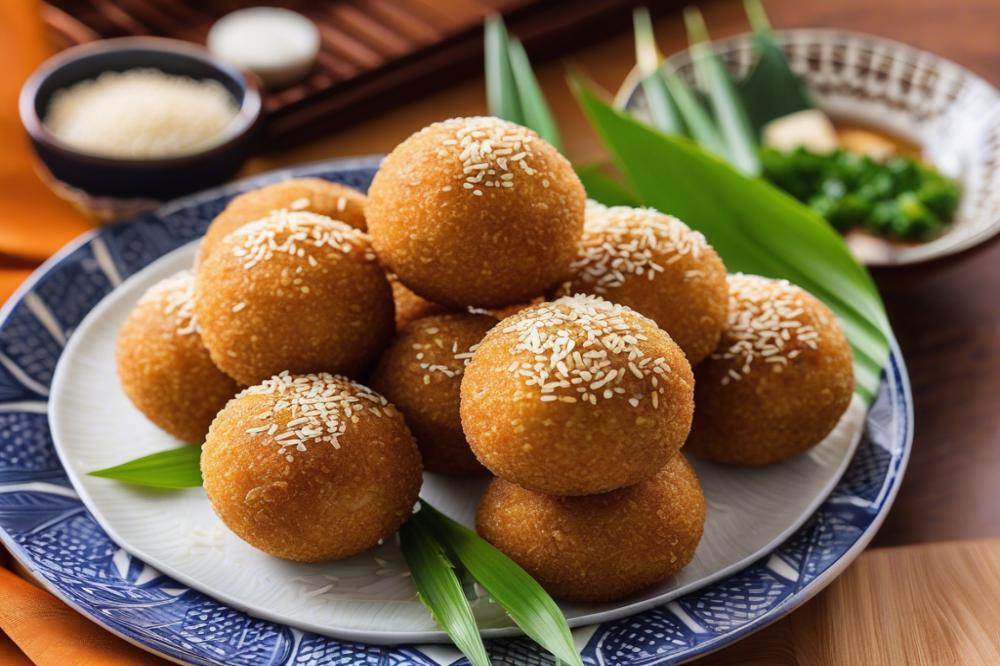Overview of Vietnamese cuisine
Vietnamese cuisine is a vibrant tapestry of flavors, colors, and textures. It reflects the country’s rich history and diverse geography. Fresh herbs, seafood, and rice are staples found in many dishes. Street food thrives in bustling cities, offering a variety of quick bites that tantalize the taste buds. The balance of sweet, sour, salty, and spicy creates a unique culinary experience that is loved by many.
Importance of Traditional Snacks
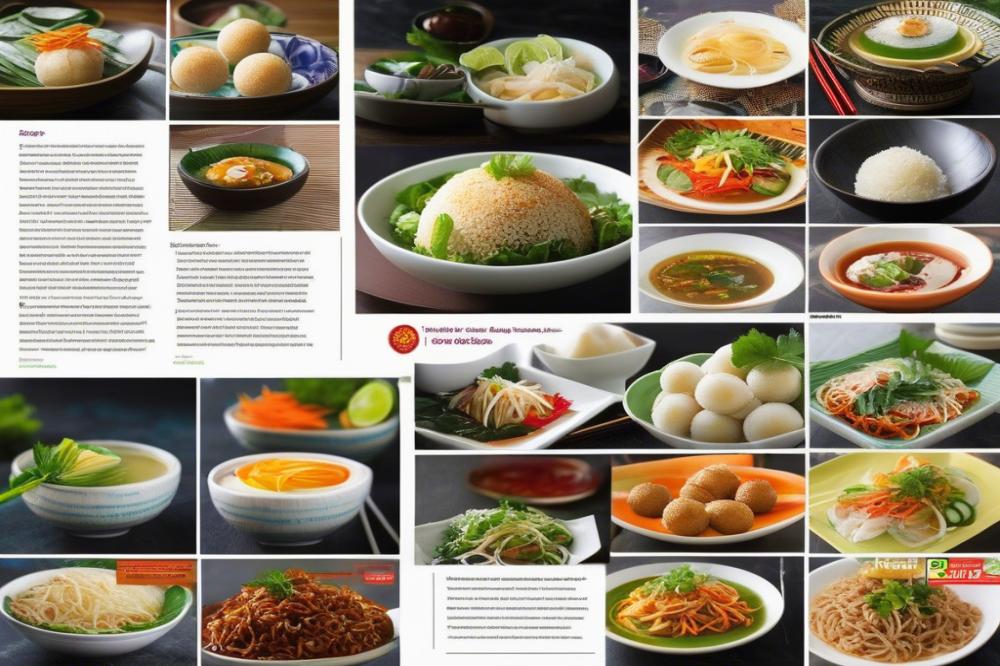

Traditional snacks play an essential role in Vietnamese culture. They are often enjoyed during festivals, family gatherings, and everyday life. These delightful treats provide a glimpse into the nation’s culinary heritage. Snacking is a cherished pastime, with options ranging from savory bites to sweet indulgences. Food brings people together, fostering connections and creating lasting memories.
Beloved dessert: Bánh Cam
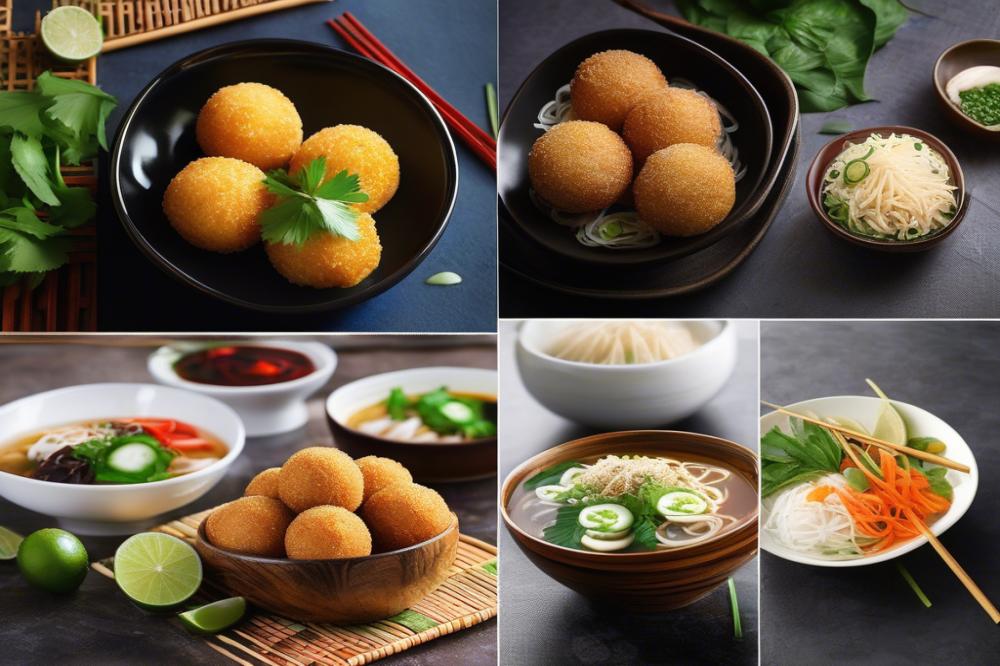

Among the many delicious offerings, Vietnamese Sesame Balls stand out as a beloved dessert. Crunchy on the outside, they reveal a tender, delectable filling made from glutinous rice and mung bean. Often enhanced with hints of coconut, this sweet treat is deep-fried to perfection. The crispy exterior contrasts beautifully with the soft interior, creating a delightful experience with every bite. This dessert is not only delicious but also a symbol of comfort for many, reminding them of simpler times and cherished traditions.
Understanding Bánh Cam
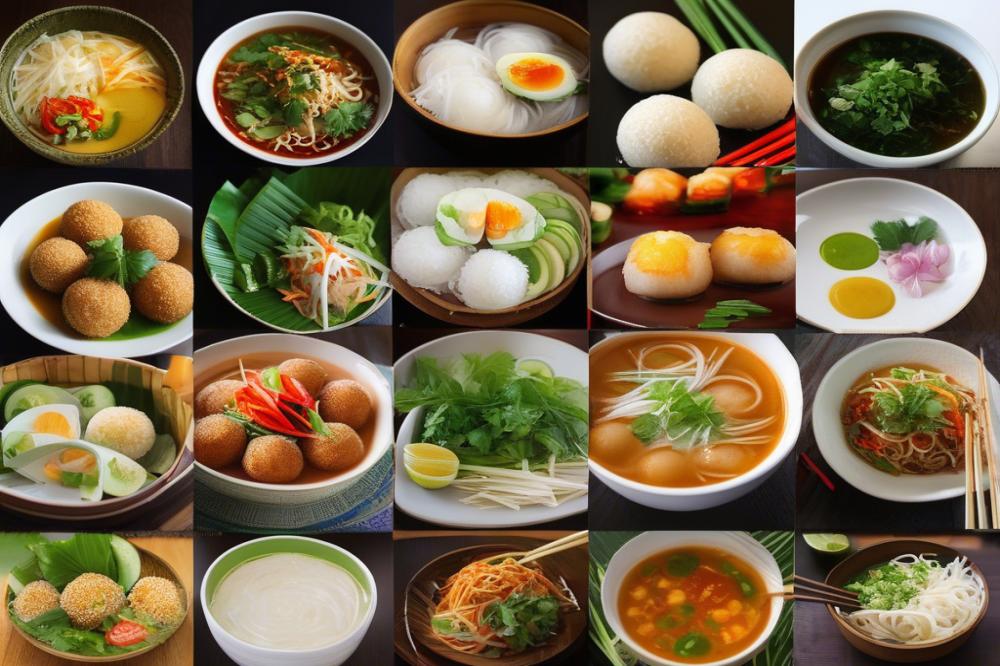

The Vietnamese sesame ball is a delightful dessert that charms those who try it. Its exterior boasts a golden brown, crispy shell that hides a cozy filling. This recipe traditionally involves glutinous rice flour, adding a chewy texture to each bite. Inside, you often find a mixture of mung bean and coconut, which brings a sweet flavor. When deep-fried, the outer layer turns crunchy while the inside remains soft and sugary.
History and Cultural Significance in Vietnam
Bánh Cam has deep roots in Vietnamese culture. Many believe it originated during the period of the early dynasties, often enjoyed during festivals and special occasions. Families celebrate together, sharing these traditional snacks as a symbol of happiness and prosperity. Over time, the dessert has become a beloved item found at markets and cafes across the country. Each generation has crafted its version, showcasing local tastes and preferences.
Comparison with Other Asian Desserts
This treat holds a special place among various Asian cuisines. Similar to Japanese daifuku or Chinese sesame balls, it stands out due to its unique combination of textures. While daifuku tends to be filled with red bean paste, Bánh Cam leans towards the sweetened mung bean. In contrast to Chinese versions, which might be larger, the Vietnamese dessert often has a smaller, bite-sized form, making it perfect for snacking.
Texture and Flavor Profile
A bite into Bánh Cam reveals an intriguing texture contrast. The crispy exterior gives way to a soft, chewy center. Flavor plays a crucial role in this experience, marked by the sweetness of coconut and mung bean. Each element contributes to a harmonious blend that excites the taste buds. In addition to being pleasant to eat, the aroma of toasted sesame seeds enhances the overall enjoyment. This balance of crispy and soft creates a comforting and unforgettable treat.
Ingredients and Cooking Instructions
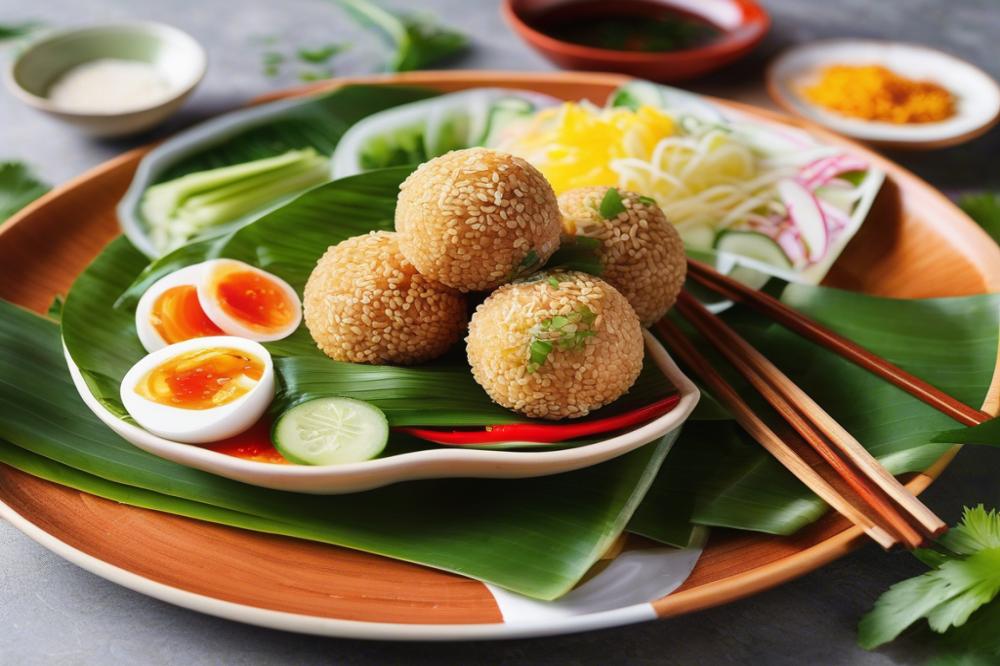

Ingredients List with Quantities
- Glutinous rice flour – 200g
- Water – 150ml
- Mung bean paste – 100g
- Sugar – 50g
- Grated coconut – 50g
- Sesame seeds – 50g
- Oil for deep-frying
Step-by-Step Cooking Instructions
Preparing Mung Bean Filling
First, take the mung bean paste. You may want to prepare your filling in advance. Steam the mung beans until soft. Mash them thoroughly, combining with sugar and grated coconut. This will create a sweet filling that is flavorful and rich.
Making the Dough
Now shift your focus to the dough. In a large mixing bowl, combine the glutinous rice flour and water. Mix them well until it forms a smooth and pliable dough. If the dough feels sticky, you can add a little more flour. This is the base that holds all the goodness inside.
Assembling Bánh Cam
Take a small portion of the dough. Flatten it in your palm. Place some mung bean filling in the center. Carefully wrap the dough around the filling, rolling it into a smooth ball. Repeat this process until you finish all your ingredients. Each one should feel firm yet soft.
Deep Frying Process
Heat the oil in a deep pan. You will need enough oil to submerge the balls completely. Once the oil is hot, gently place a few balls into the oil. Fry them until they turn golden brown and crispy. Keep an eye on them! They can cook quickly.
Tips for Achieving Perfect Texture
Making these delightful snacks takes practice. Ensure the oil temperature is right. If it’s too hot, they will burn quickly. If it’s too cold, they will absorb too much oil, making them greasy. Experimenting with the timing for frying helps achieve that satisfying crunch in every bite of this traditional Asian dessert. Enjoy the crispy exterior that hides the soft, sweet filling within.
Nutritional Information
Understanding the nutritional values in the ingredients of this delightful dessert is important. Each component in the recipe contributes to the final product’s health profile. Glutinous rice serves as the main base, providing a chewy texture and a significant amount of carbohydrates. Mung beans, often used in many Asian cuisines, offer a good source of protein and fiber.
Calories in this deep-fried treat come primarily from the oil and sweet fillings. Moderation is key when enjoying such desserts, as indulgent foods can quickly add up in daily caloric intake. A balanced approach helps maintain health while enjoying traditional snacks.
Benefits of Glutinous Rice and Mung Beans
The benefits of glutinous rice extend beyond just good taste. This type of rice is low in fat and gluten-free, making it suitable for those with dietary restrictions. Mung beans, on the other hand, are rich in vitamins and minerals. They also help support digestive health due to their high fiber content.
Incorporating these ingredients can create a satisfying dessert that still offers nutritional value. Silkiness and sweetness accompany each bite, balancing pleasure with health benefits. These elements make the dish both tasty and nourishing.
Essential Nutrients from Coconut and Sesame Seeds
Coconut adds a rich flavor and unique texture to the recipe. It also supplies essential fats and provides energy. The crunch of sesame seeds not only enhances texture but also offers a range of nutrients, including calcium and magnesium. They play a role in heart health and bone strength.
These ingredients come together to create a sweet, crispy treat that is enjoyable yet contributes to daily nutrient needs. While they should be appreciated for their flavor, understanding their advantages makes each bite even more rewarding. Healthy eating habits can be balanced with the enjoyment of such traditional desserts.
Serving Suggestions and Variations
How to Serve Bánh Cam
Serve these delightful treats warm to experience their crispiness. Place them on a colorful plate to add a visual appeal. Dusting with powdered sugar or adding sesame seeds on top can also enhance their appearance. Include a small bowl of sweetened coconut sauce on the side for dipping. This addition can elevate your dessert experience remarkably.
Pairing Choices
Pairing Bánh Cam with a fragrant cup of tea can be a delightful option. Jasmine or oolong tea balances the sweet and crispy texture nicely. Coffee is another excellent choice. The bitterness of black coffee can complement the sweetness of the dessert.
Variations in Fillings or Coatings
Different fillings can turn this treat into something special. Mung bean paste is traditional and loved by many. Alternatively, coconut and chocolate fillings can add a fun twist. Coatings can also vary, using different seeds like black sesame or poppy seeds for a unique texture.
Creative Twists on Traditional Recipes
Adding fruits inside the dough can make these snacks fresh and appealing. Consider using mashed bananas or sweet caramelized apples as fillings. For a twist on crunchiness, experiment with a layer of crispy fried shallots. Sweet potato dough instead of glutinous rice can also offer a different flavor and texture. Innovative ideas can breathe new life into this cherished dish from Asian cuisine.
Wrapping Up Your Bánh Cam Adventure
Bánh Cam stands out as a beloved Vietnamese dessert enjoyed by many. This classic treat combines a crispy outer shell with a sweet, nutty filling. Its distinct flavors capture the essence of home cooking in Vietnam. Each bite offers a delightful contrast between texture and taste, making it a favorite among dessert lovers.
Trying your hand at this recipe can be a fun and rewarding experience. Homemade bánh cam not only tastes fantastic, but it also brings the joy of Vietnamese culture into your kitchen. Don’t worry if you’re unsure where to start; with some patience and practice, you will master the technique. Gather your ingredients and enjoy the process of creating these delicious treats.
Once you’re comfortable with this unique dessert, consider exploring more classic Vietnamese recipes. The culinary landscape of Vietnam is rich and diverse, filled with many dishes waiting for you to discover. Each recipe tells a story of tradition and cultural heritage. Happy cooking!

